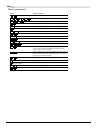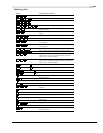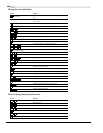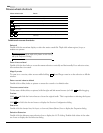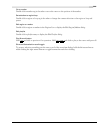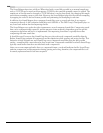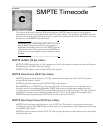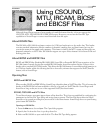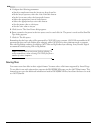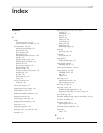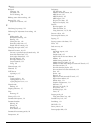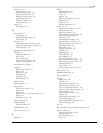
268
MICROSOFT AUDIO COMPRESSION MANAGER APPENDIX B
The Sound Mapper functions as follows. When faced with a sound file recorded at an unusual sample rate
such as 22,257 Hz and a sound card that supports 22,050 Hz, the sound file normally cannot be played. The
sample rate of the file must be changed to 22,050 Hz before it can be played back, but changing the sample
rate without resampling causes a pitch shift. However, the Sound Mapper plays this file without resampling
by mapping the sound to the best format possible and performing the resampling in real time.
In addition, the Sound Mapper plays compressed sound files, even on sound cards that do not support
compression directly. A file compressed with Microsoft ADPCM or The DSP Group’s TrueSpeech plays on
any sound card without first decompressing the file.
The Sound Mapper can, under the right circumstances, record compressed sound files. Compressing sound
data can be computationally expensive, and the amount of time required is dependent upon the specific
compression algorithm and how it is implemented. Decompressing sound data is typically faster than
compressing the same sound data.
It should be noted, however, that Sound Forge does not play and record compressed sound files directly.
Rather, Sound Forge performs all compression and decompression while opening and saving the files. This
limitation is fairly insignificant, and Sound Forge saves compressed sound files using the best possible
quality—something that cannot always be done in real time. Compressed sound files saved with Sound Forge
typically sound better than those recorded with audio compression.
After you save uncompressed audio data to a compressed format, you should audition the file. Sound Forge
performs compression and decompression during opening and saving; therefore, the compressed file is not
accurately represented until it has been reopened.



